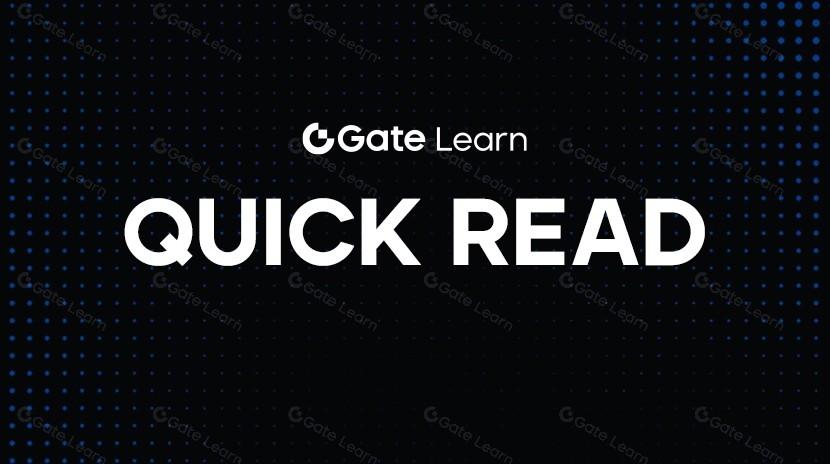What is Advanced Mortgage & Reserve (AMR)?
Innovative Practices in Decentralized Privacy Lending

(Source: DinarMakerFound)
DinarMaker is the first lending protocol focused on privacy protection on the Aleo chain, offering users the opportunity to collateralize Aleo native tokens or real estate tokens in exchange for the stablecoin Dinar. Through AMR, the protocol achieves more flexible liquidity incentives and governance structures, filling the gap in the Aleo ecosystem in the field of privacy finance. Compared to other mainstream lending protocols like Aave, DinarMaker not only provides better privacy protection but also supports a wider variety of asset types, particularly targeting niche cryptocurrencies and regional currencies, effectively expanding DeFi use cases.
Technical Highlights of Advanced Mortgage & Reserve
The technology architecture of AMR can be said to be one of the neural centers of the DinarMaker ecosystem. This platform integrates zk-SNARK technology into the lending, clearing, and trading processes, allowing users to maintain data anonymity throughout the lending experience. This design not only enhances security but also enables the protocol to handle high-frequency trading and large-scale user scenarios.
AMR is also designed as a universal tool for DeFi: users can use AMR to pay loan interest, participate in governance proposals, receive yield dividends, and gain substantial benefits from the future growth of the entire platform.
The token economics of Advanced Mortgage & Reserve
The total supply of AMR tokens is carefully allocated to six main categories according to the protocol design, aiming to balance promotional incentives during the initial launch phase of the platform, long-term governance participation, and the overall construction and expansion of the ecosystem. The following are the allocation details for each category:
- The protocol reserve pool receives a 5% allocation of AMR: this portion is primarily used for providing liquidity for the initial protocol, emergency funds during platform operations, and necessary interventions for stabilizing mechanisms in response to abnormal market fluctuations.
- Early community rewards account for 5% of the total supply: This portion of tokens is used to reward users and supporters who participated in the construction and contribution during the platform's pre-launch or early stages, encouraging their continued involvement and promotion.
- The development team and contributors are allocated 15% of the AMR: this portion of the tokens will have a 24-month linear unlocking period, ensuring that the team and core developers align with the long-term interests of the platform, encouraging stable investment and technological innovation.
- The ecological fund accounts for 10%: specifically used to support the overall DeFi applications on Aleo, on-chain protocol integration, and the development of potential strategic partners, promoting the diversified development and horizontal expansion of AMR and the DinarMaker protocol.
- The main part is the lending incentive mechanism, which allocates 50% of the total supply: used to reward borrowers and lenders participating in lending activities on the platform. This part will be distributed through a mining mechanism, dynamically adjusted according to usage and contribution levels, forming a stable and sustainable growth momentum.
- Governance and community participation rewards account for the remaining 15%: Tokens in this category will be used for voting incentives, proposal participation rewards, and to encourage the community to initiate self-operating proposals, which is one of the core driving forces of the platform's DAO governance roadmap.
Through this token distribution design, AMR not only ensures early initiation and development momentum but also emphasizes long-term governance and user consensus, effectively promoting the sustainable development of the platform.
Core Functions of Tokens
The economic design of AMR covers three major aspects:
Governance participation
AMR holders can participate in protocol governance, voting on key issues such as interest rate parameters, product upgrades, and profit distribution, enhancing protocol transparency and community engagement.Economic incentives
AMR is the main token for lending rewards and liquidity provision rewards. Users participating in lending or staking USDT/USDC can receive AMR as a reward.Value Support
The platform will carry out AMR buyback and destruction operations periodically to maintain the price stability and scarcity of AMR. When the market faces systemic losses (such as significant liquidations), AMR may also be automatically issued by the mechanism as a pressure hedging tool.
Integrating on-chain and off-chain application scenarios
AMR and Dinar form a complete dual-token economy, leveraging Aleo's privacy advantages and AMR's financial functions to achieve comprehensive applications both on-chain and off-chain:
1. On-chain:
- Lending, DEX liquidity mining
- AMR as a medium of exchange and governance tool
- Tokens that pay interest in smart contracts
2. Off-chain:
- The application of asset tokenization agreements for Hong Kong listed companies.
- Retail payment and cross-border financial services
- Taxation and public payment scenarios of government agencies (especially in Africa)
- AMR enables privacy lending platforms to not only exist on-chain but also be implemented in the real world.
Start AMR spot trading immediately:https://www.gate.com/trade/AMR_USDT

Summary
AMR is not just the platform token of DinarMaker, but also an important part of the Aleo privacy financial infrastructure. Its governance nature, economic incentives, and market application capabilities constitute a highly self-evolving financial system. In today's world, where privacy protection is increasingly important and the DeFi market is gradually maturing, Advanced Mortgage & Reserve (AMR) not only reconstructs the lending system but also brings users a truly decentralized and participatory financial platform.
Related Articles
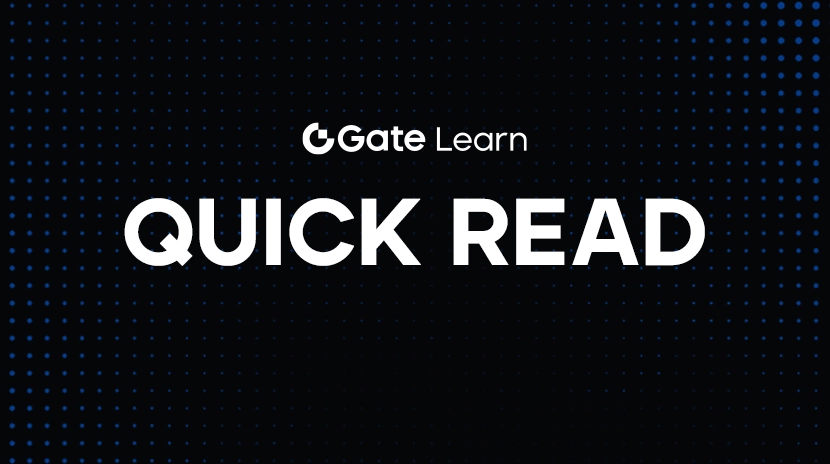
2025 BTC Price Prediction: BTC Trend Forecast Based on Technical and Macroeconomic Data
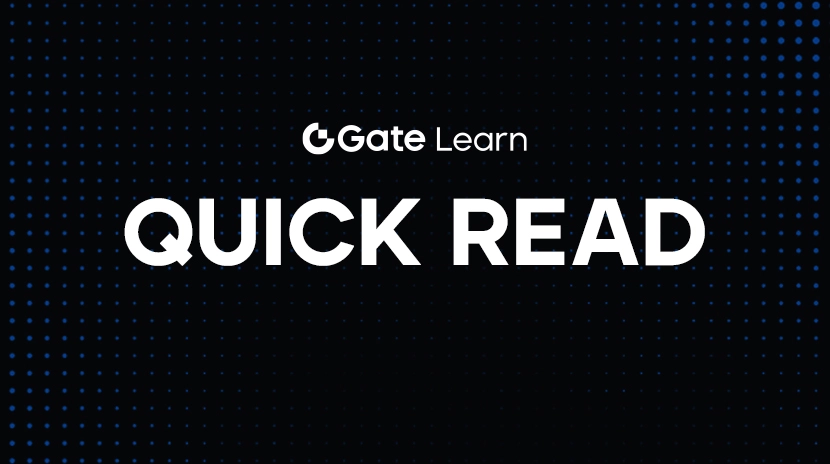
Flare Crypto Explained: What Is Flare Network and Why It Matters in 2025
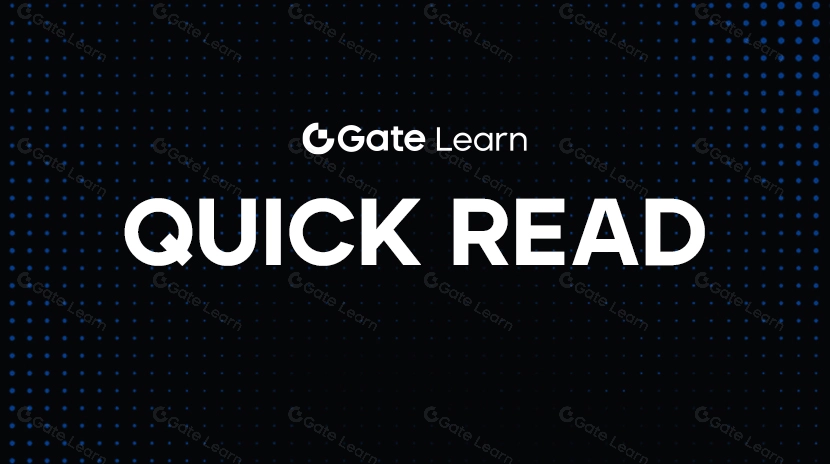
Pi Coin Transaction Guide: How to Transfer to Gate.com

How to Use a Crypto Whale Tracker: Top Tool Recommendation for 2025 to Follow Whale Moves
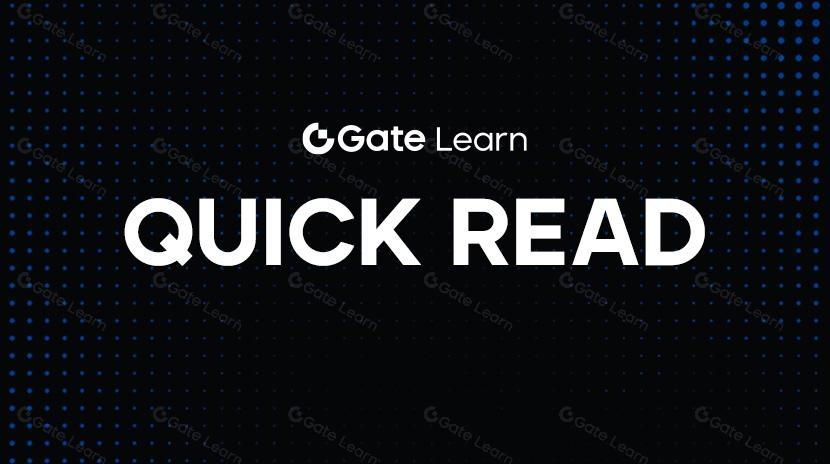
What is N2: An AI-Driven Layer 2 Solution
